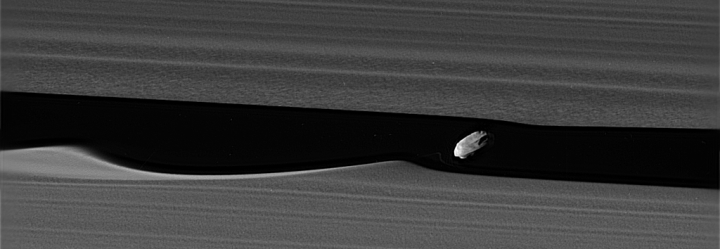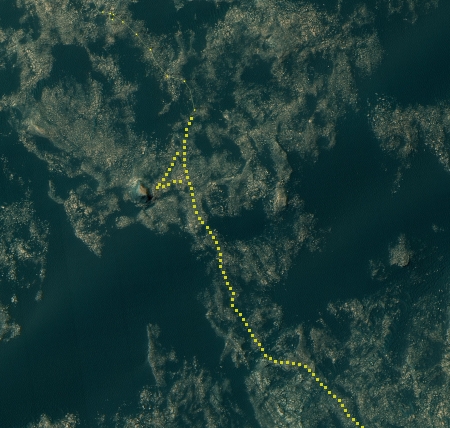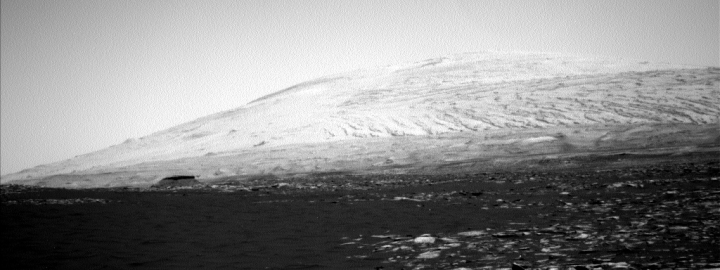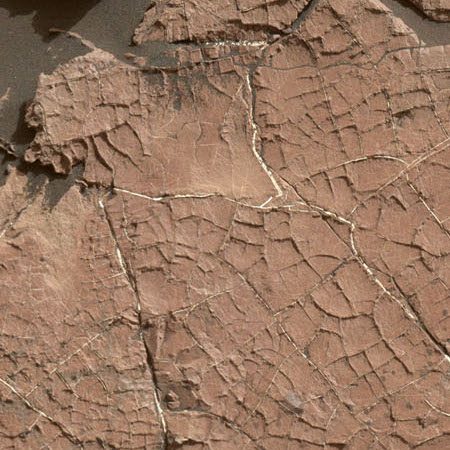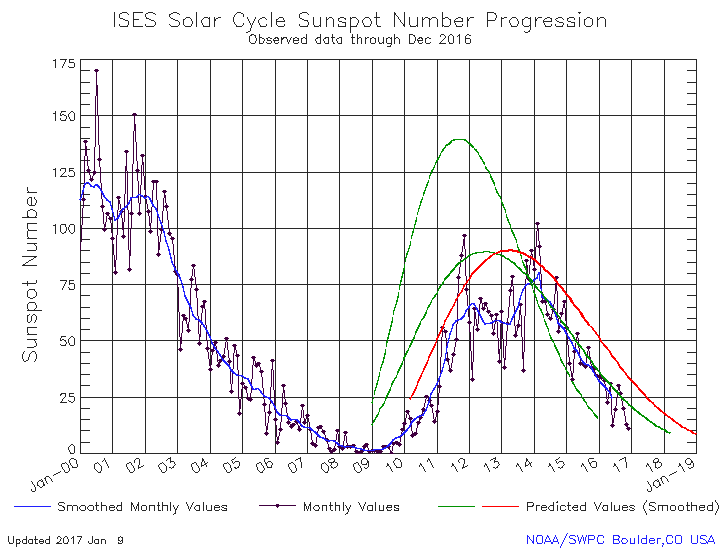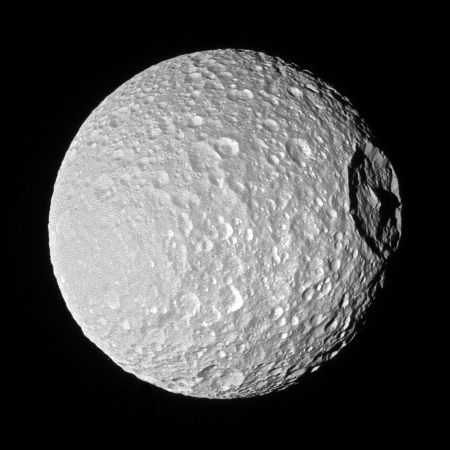A memo released January 20 from NASA’s acting administrator accepting the job also announced the first Trump appointees to NASA. The history and policy positions of those two appointees I think once again give us a very clear indication of where NASA might be going in the coming years.
[Acting administrator Robert] Lightfoot, in the memo, said that the administration has appointed Erik Noble to serve as White House senior advisor and Greg Autry to be White House liaison. The two are the first members of the so-called “beachhead team” of administration staffers assigned to NASA, at least on a short-term basis.
Autry is an assistant professor of entrepreneurship at the University of Southern California who has been a proponent of commercial space activities. Autry was one of eight members of the agency review team, or “landing team,” assigned to NASA by the transition office of then President-elect Trump.
Noble did not serve on the landing team, but worked on the Trump campaign as a political data analyst. Noble, who earned a Ph.D. in environmental studies from the University of Colorado, spent seven years at the NASA Goddard Institute of Space Studies in New York, working on weather and climate models. [emphasis mine]
Autry, believes strongly in private space, and has also been a critic of SLS/Orion. Being placed at NASA as Trump’s first appointee strongly suggests that a Trump administration is going to accelerate the commercial space push that was begun by the Bush administration and then strongly supported by the Obama administration. It also suggests that the SLS and Orion projects are going to face a difficult future and will likely be phased out.
Noble’s appointment is more important. As a former scientist at the Goddard Institute, he is now well positioned to possibly appoint a new head to that organization, or even become its head himself. The present person in charge there, Gavin Schmidt, has increasingly become suspect as a scientist, instead appearing more as global warming political advocate. Since he took over that Institute, the climate data there has been increasingly tampered with, with past data being cooled and recent data being warmed, thus creating the impression that the Earth’s climate has been warming more than indicated by all previous research. Schmidt’s explanations for these “adjustments” (the term he uses) have never been satisfactory. He then uses the results from these “adjustments” to make annual press releases declaring each year as the “hottest” ever, though the raw data shows no such thing.
Even if Noble does not replace Schmidt, Noble appears well positioned to force Schmidt to either finally justify his data adjustments, or remove them from the data stream so that the raw data will be allowed to dominate policy decisions once again.

